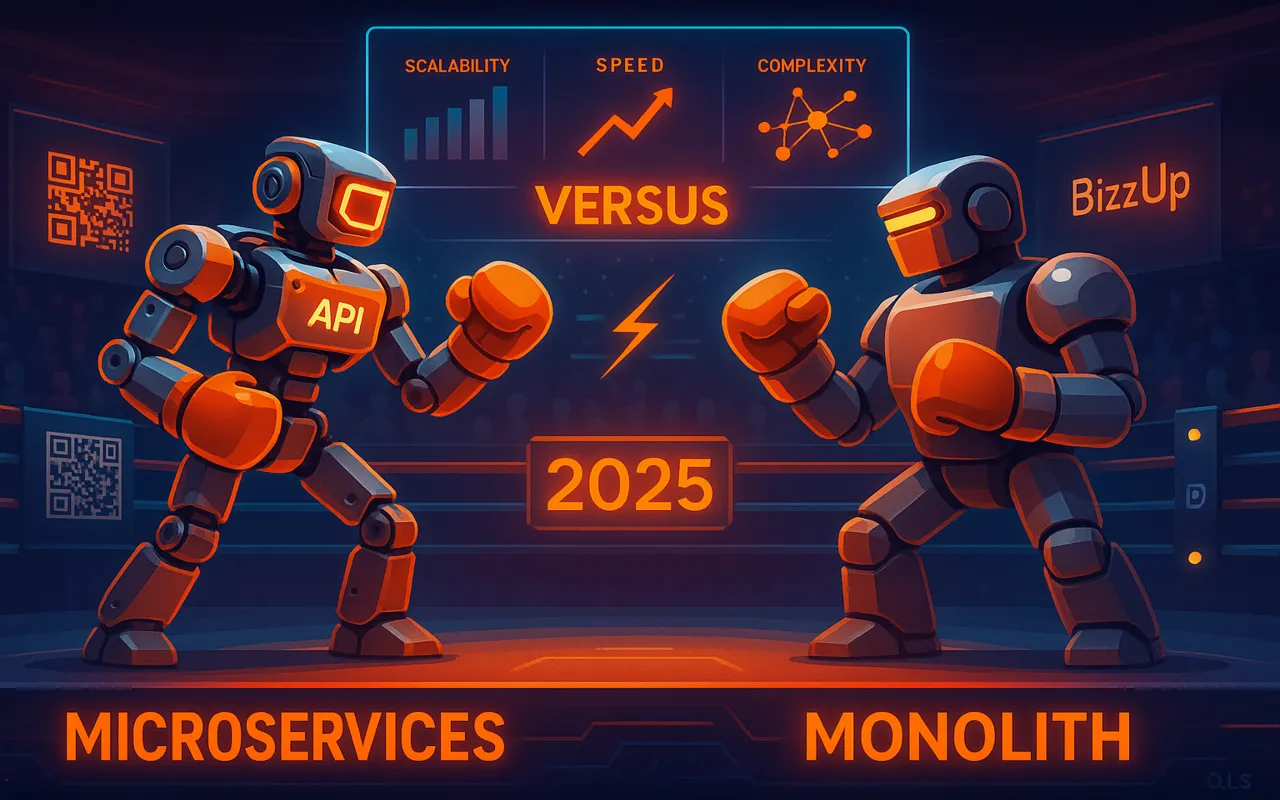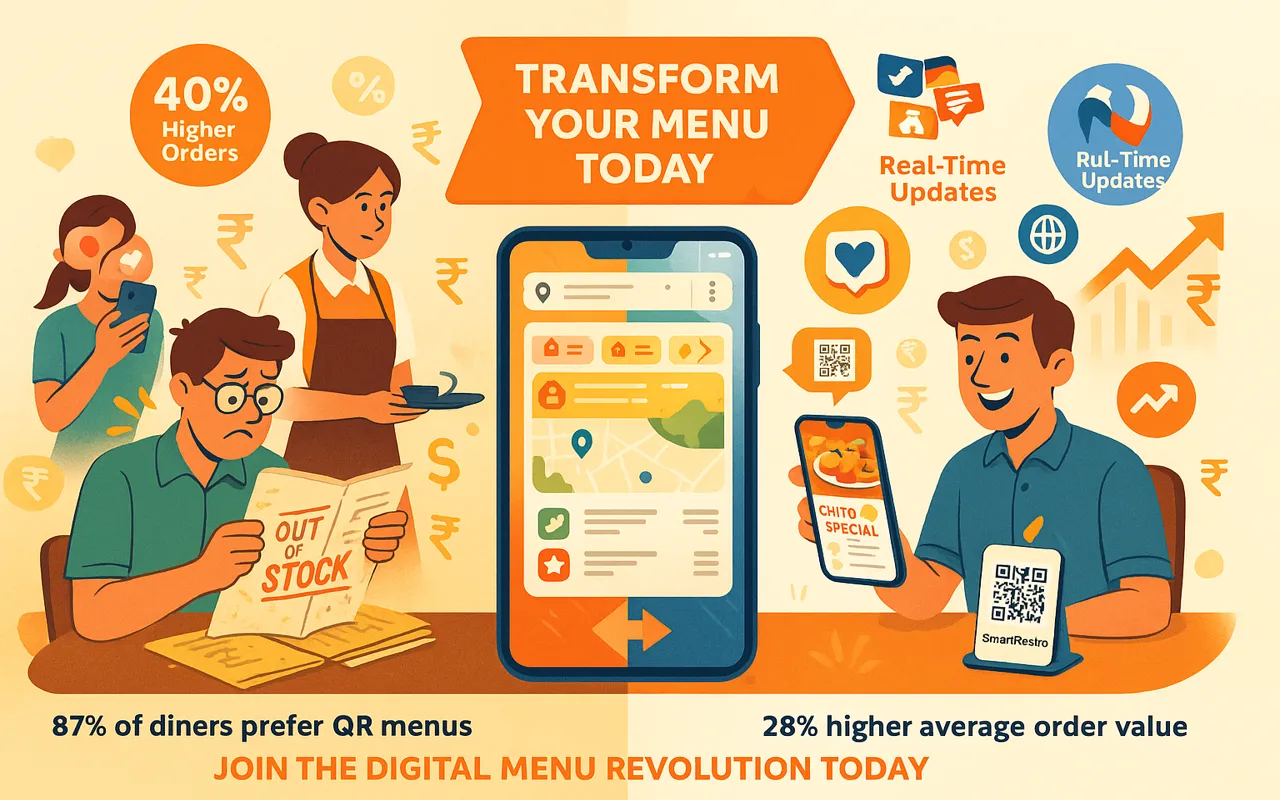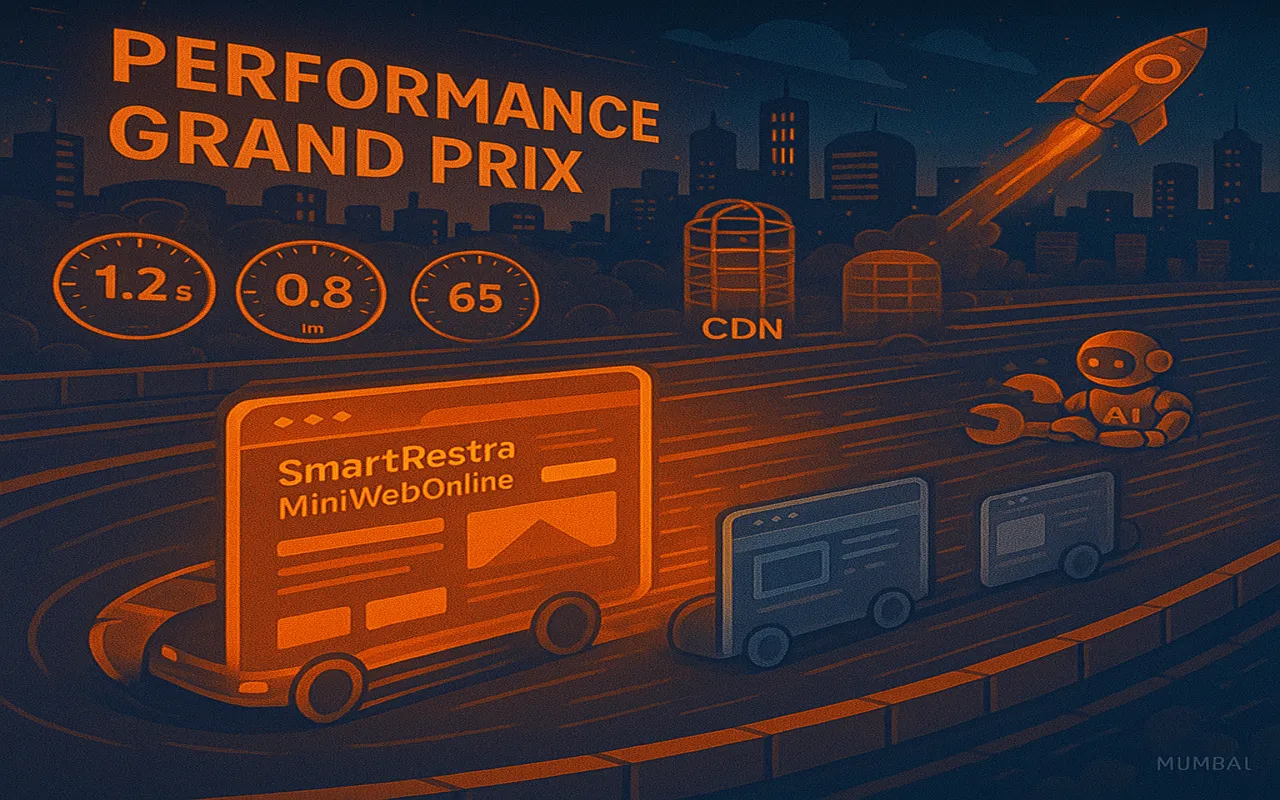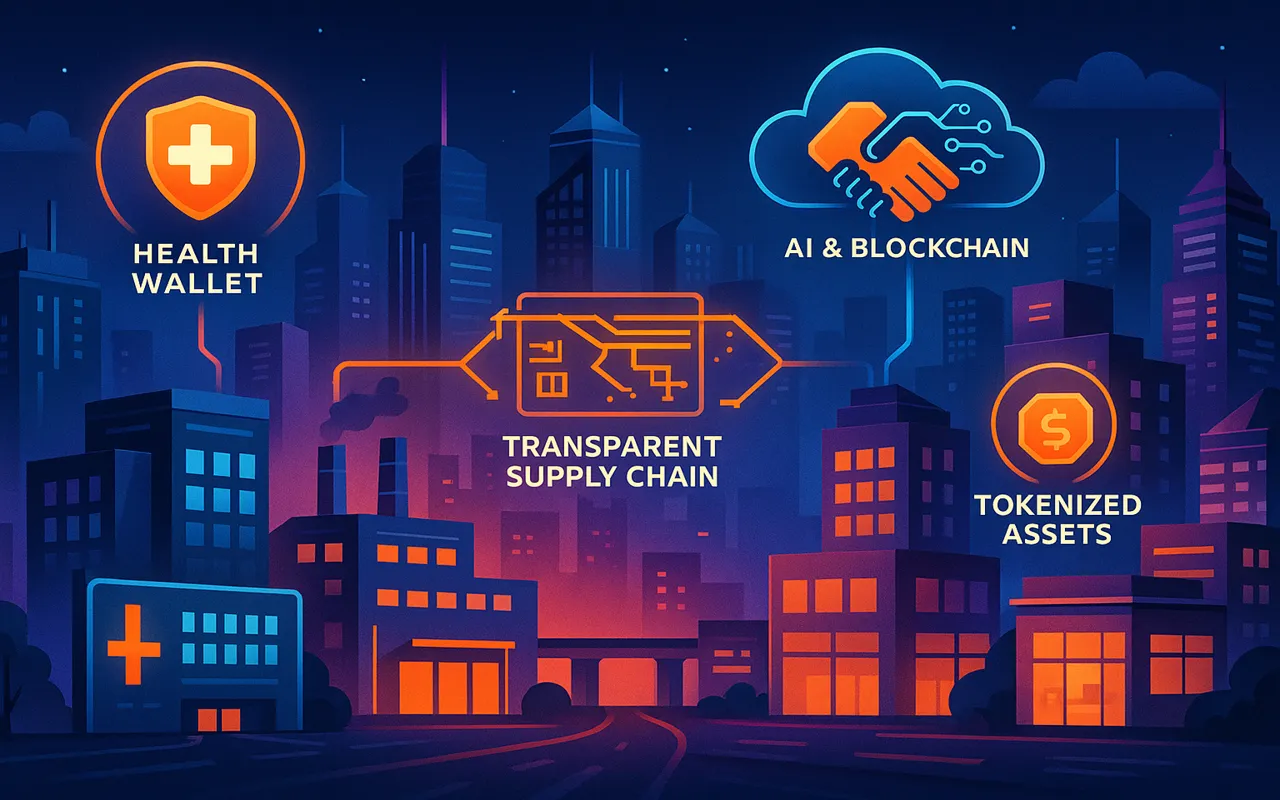Microservices vs Monolith: Which One Wins in 2025?
The Great Architecture Debate: In 2025's fast-evolving tech landscape, the choice between microservices and monolith isn't about right or wrong—it's about what's right for your specific business needs. This comprehensive comparison breaks down where each architecture shines today. The monolith has made a comeback as "Modular Monoliths"—single codebases with well-defined internal boundaries, perfect for projects like our MiniWebOnline platform. Microservices have matured with service meshes and improved orchestration, powering complex systems like our SmartRestra restaurant management SaaS. Monolith Wins: Faster initial development with no cross-service coordination needed. Microservices Catch: Improved tooling in 2025 has reduced the gap for greenfield projects. Microservices Win: Granular scaling saves costs, especially for SaaS products like BizzUp. Monolith Reality: Vertical scaling has become more cost-effective with cloud providers. Monolith Advantage: Single codebase simplifies updates. Microservices Progress: Better observability tools have eased maintenance pains. Many startups are adopting a "best of both worlds" strategy: Begin with modular monolith for speed, then extract microservices as needs arise. Only split components that truly benefit from independence. We help analyze which parts of your startup's system should be microservices. For most startups: Begin with a well-structured monolith, especially if using our startup IT solutions. The reduced complexity accelerates time-to-market. For scaling SaaS products: Microservices become valuable when you need to scale specific components, like we've done with WhatsM marketing tools. The real winner in 2025 is intentional architecture—making conscious choices based on your specific needs rather than following trends.Microservices vs Monolith: 2025 Showdown
Monolithic Architecture
2025 Evolution
Strengths
When to Choose
Microservices Architecture
2025 Advancements
Strengths
When to Choose
Key Decision Factors for 2025
🚀 Development Speed
📈 Scalability
🛠 Maintenance
Real-World 2025 Implementations
The Emerging 2025 Hybrid Approach
Start with Monolith
Strategic Decomposition
Our Consulting Approach
2025 Verdict: It Depends
1 comment on “Microservices vs Monolith: Which One Wins in 2025?”
Leave a Reply
Your email address will not be published.
Ready to build your dream product?
Whether it’s a sleek mobile app or a full-stack platform, our experts are here to help.












Comment: Architecture comparisons are well explained. Kudos!